Kakaós csiga are sweet snails made from fluffy Danish pastry and filled with cocoa. They are very popular for breakfast in Hungary. The preparation is not that easy, but it is worth the effort. Because nothing beats a warm, fresh and fragrant cocoa snail in the early morning ...
Before you get to know the recipe, some interesting information about Hungarian cuisine and the typical breakfast.
Jump to Recipe


Hungarian cuisine
The traditional Hungarian cuisine is - similar to the Czech and Slovak cuisine - relatively hearty. The main elements are meat, seasonal vegetables (also pickled), bread and dairy products.
Bread is eaten with all meals, including main meals. In the times of communism there was mainly white bread. The selection is now very diverse. I especially like Pogácsa, a fire-baked bread with various hearty fillings and Lángos. This is fried dough with sour cream and cheese.
peppers is also very popular. Fresh peppers are e.g. filled or served as a stew (Lecsó).
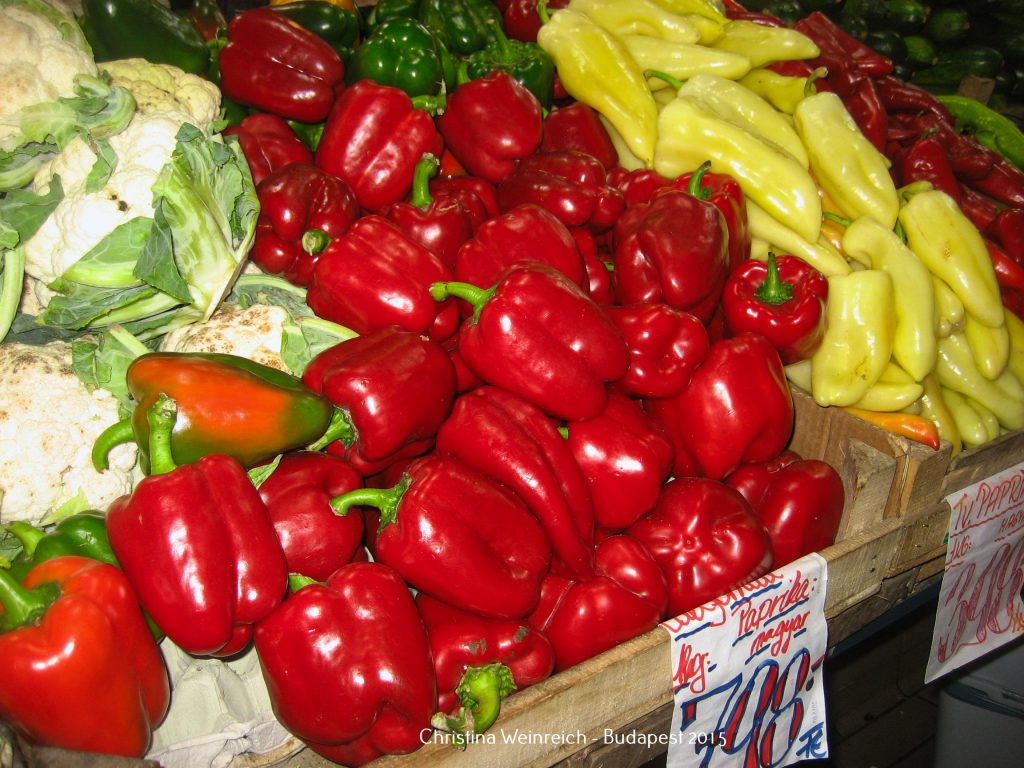
Goulash, probably the most famous Hungarian dish, consists of braised beef or pork, onions and (lots of) sweet paprika powder. As a side dish - apart from bread - pasta, dumplings, potatoes and rice are served.
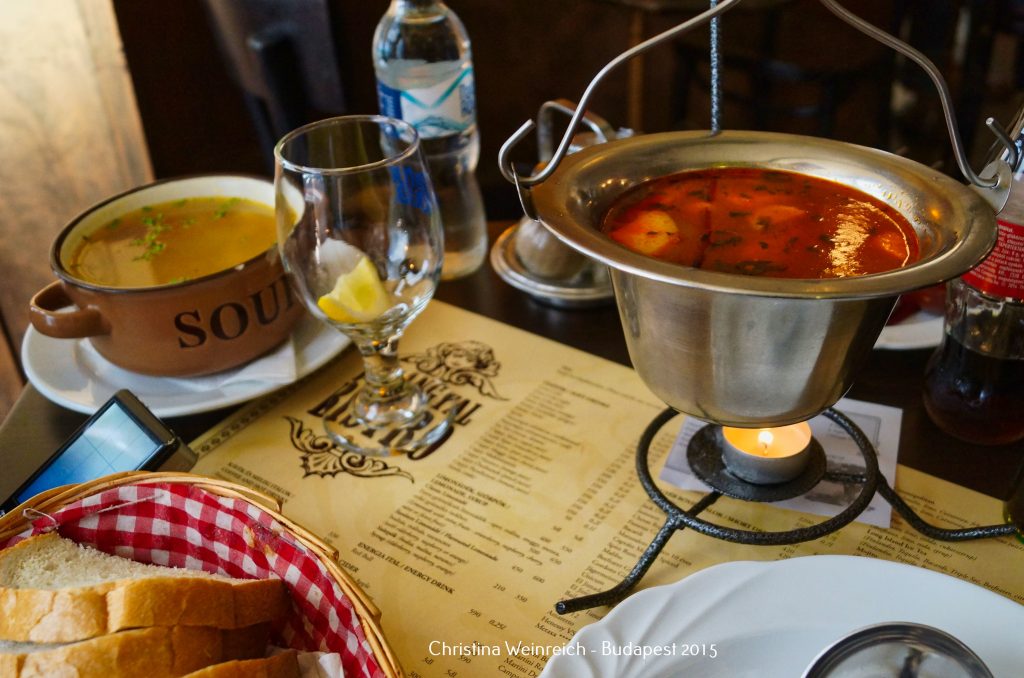
Hungary is also famous for its delicious sausage products sausage products . There are many varieties, the best known being téliszalámi (winter salami) and Kolbász (smoked sausage seasoned with paprika).
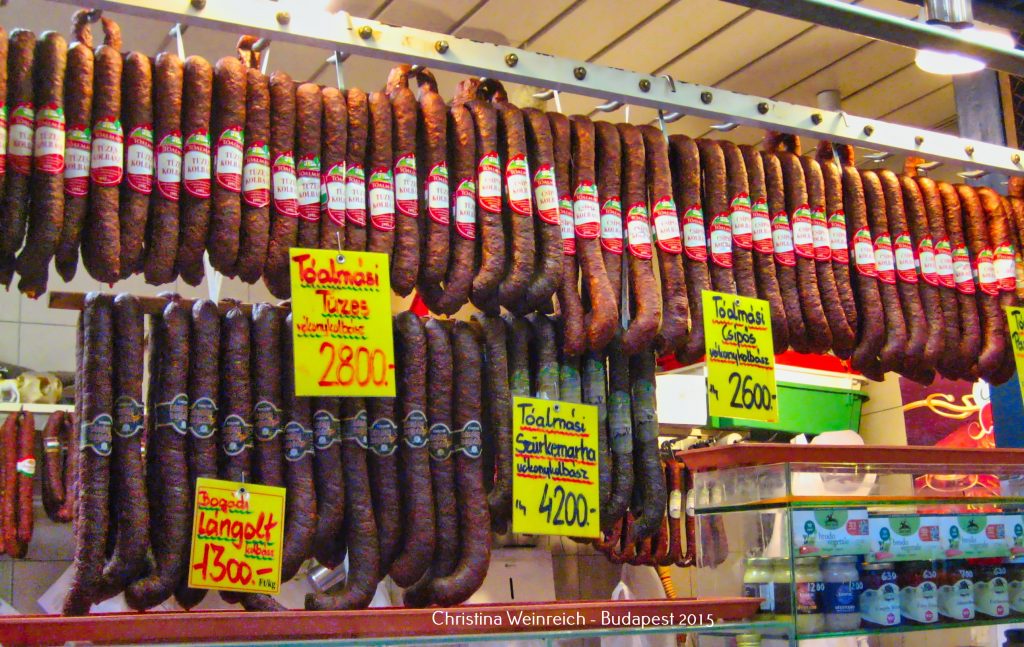
Savanyúság (pickled vegetables) such as sauerkraut, paprika, cucumber or cauliflower is rich in vitamin C and is often served as a refreshing addition to heavy dishes.
In Hungary people also like to eat a lot of cheese: the most common are túró (a type of coated cheese, comparable to Liptauer) and picante sheep cheese (juhtúró).
Those with a sweet tooth should definitely try Dobos Cake (layered sponge cake with chocolate buttercream filling and a thin layer of crispy caramel) and Palacsinta (filled crepes)!
Breakfast in Hungary
Breakfast in Hungary is usually large and filling. Bread, rolls, toast, butter and jam are served. Typical is a "cold platter" with a little bit of everything: cheese, ham, liver pate, salami, smoked sausages, mortadella, etc. Traditionally fresh tomatoes, peppers, radishes and cucumbers are served, depending on the season. Eggs (fried, scrambled or boiled) are also part of a Hungarian breakfast.
On weekends or special occasions Villásreggeli (brunch) is common. Guests often come and in addition to the breakfast components mentioned above, there are various salads, salmon omelets, pancakes, caviar, foie gras, fruit salad, compote, fruit yoghurt, fruit juices, champagne, pastries, cakes and biscuits.
Since many working people do not have much time for a large breakfast, especially during the week, breakfast “to go” is particularly popular in large cities. Bakeries therefore offer coffee, sandwiches and pastries early in the morning. Particularly well-known and popular are Kakaós csigaa traditional Hungarian pastry made from Danish pastry with a cocoa-sugar filling.
Kakaós csiga
Kakaós csiga can be found in every Hungarian bakery and pastry shop, especially in the early morning. They don't just taste good for breakfast, but at any time of the day, whether as a snack in between or for dessert after a meal.
On January 10, 1908 Kakaós csiga were invented: A baker celebrated his 33rd birthday and surprised his friends with a newly created pastry. However, he made too much and decided to sell the leftovers to his customers. The new pastry had an overwhelming success, so that the baker added it to its offer. The original name was csokoládés tekerge (cocoa rolls), which was later changed to Kakaós csiga (cocoa snails).
Since then Kakaós csiga has been undoubtedly the most popular sweet pastry in Hungary, almost 90 million pieces are sold annually. Excellent Kakaós csiga are crispy outside but not dry and fluffy and soft in the middle. Although Kakaós csiga can also be made from a simple yeast dough, real Kakaós csigaconsist of Danish pastry.
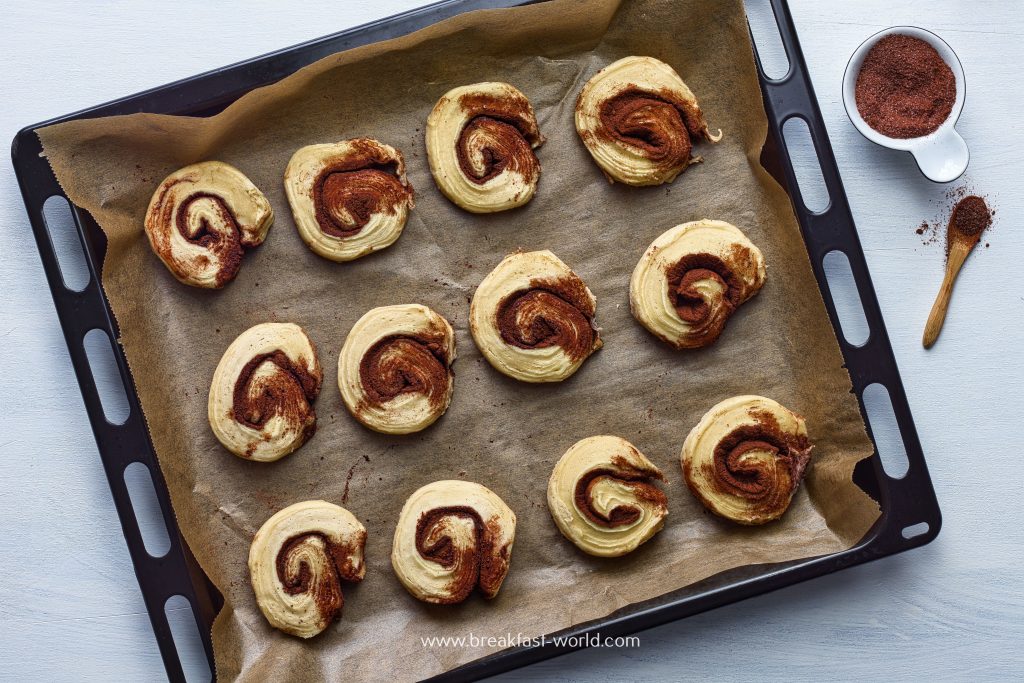
Danish pastry
Danish pastry (German: Plunderteig, Scandinavia: Wienerbröd) is similar to puff pastry, a so-called pull-dough, which consists of layers of (yeast) dough and fat (butter or margarine).
The fat (butter or margarine) is incorporated into the dough by various folding and rolling procedures (Tours) The so-calledTouringleads to a very fluffy dough and the pastries rise very well.

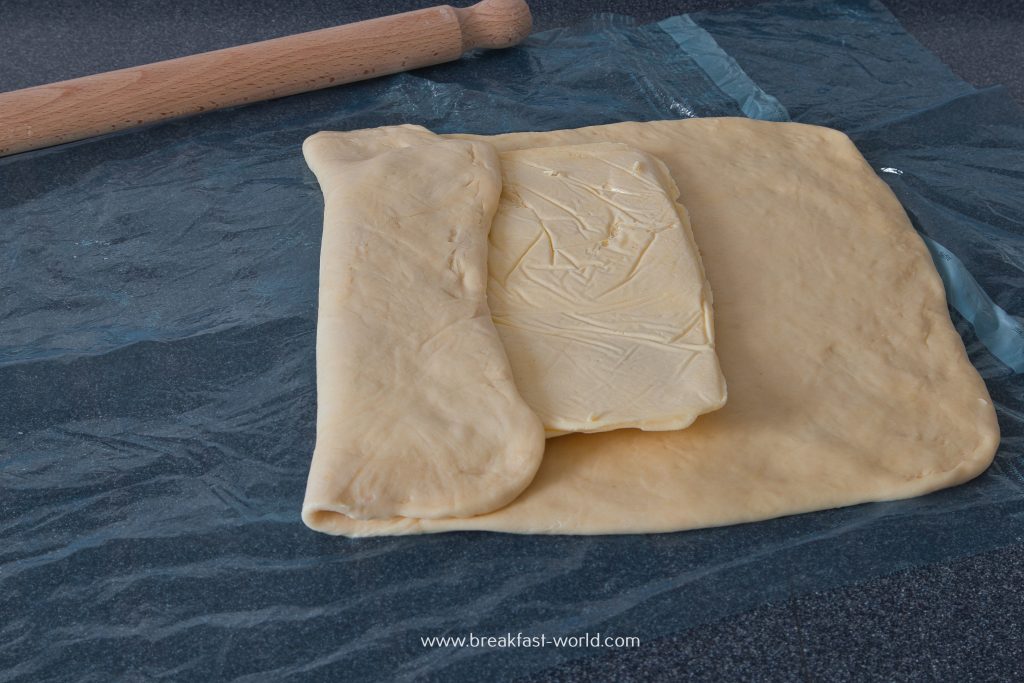
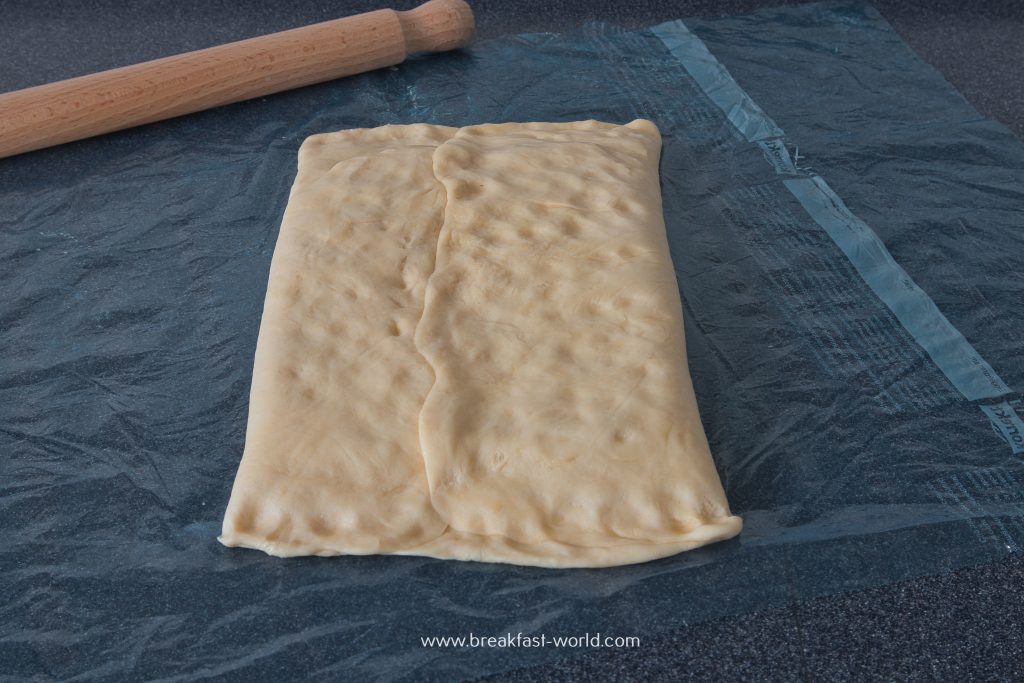
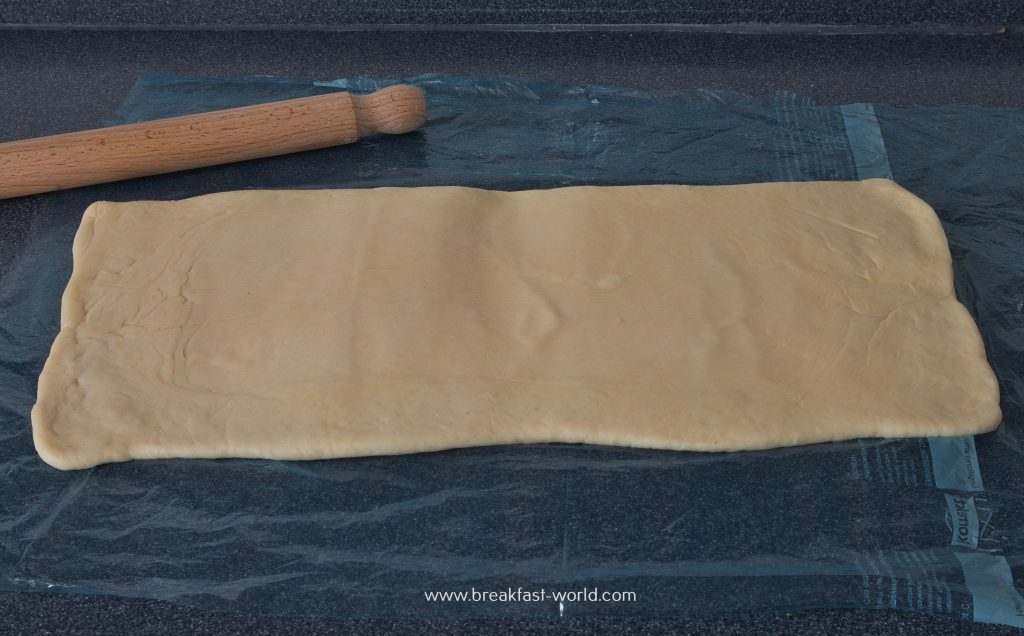
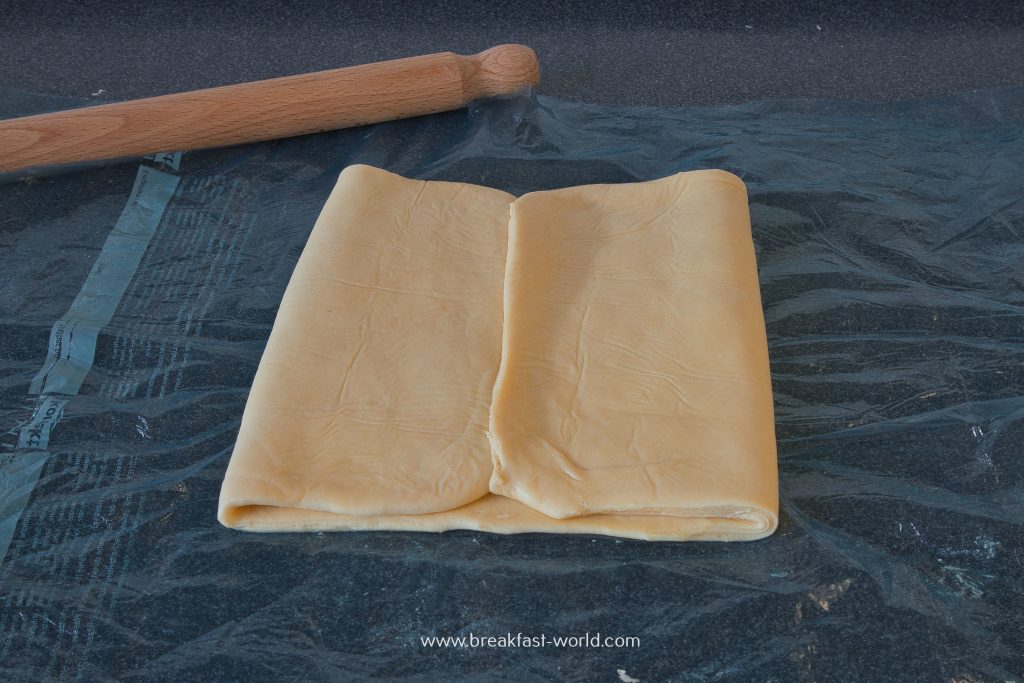

Puff pastry is made similarly. In contrast to Danish pastry, however, puff pastry does not contain any yeast.
Croissants are also made from Danish pastry. However, in contrast to typical Danish pastries, they do not contain eggs.
For Danish pastry to be a success, it is important that you take a lot of time to make the dough. The longer the dough rests before and during processing, the better the result. I made the yeast dough the evening before, wrapped it airtight in a freezer bag and stored it in the refrigerator overnight.
It is also very important that the dough, and especially the butter, is very cold during processing or touring. Otherwise the butter will slip in the yeast dough or squeeze out of it.
After each tour, the dough should be wrapped airtight in foil and rest in the refrigerator for at least 30 minutes.
After touring and resting, the dough can be rolled out and processed as desired.
The whole thing sounds more complicated than it is. I have photographed the individual steps and included them into the recipe. Therefore nothing should go wrong and you can confidently dare to try the delicious Kakaós csiga !!!
Good luck with your baking! And of course: Jó étvágyat kívánunk - bon appetit!

Kakaós csiga
Zutaten
For the yeast dough:
- 500 g flour
- 200 ml milk (lukewarm)
- 25 g yeast (fresh)
- 50 g butter (creamy)
- 1 egg
- 50 g sugar
- 1/2 tsp. salt
For the butter-flour-dough:
- 200 g butter
- 50 g flour
For the filling:
- 2 tbsp. butter
- 30 g cocoa powder
- 100 g sugar
For finishing:
- 1 egg yolk
- 2 tbsp. milk
- icing sugar (for sprinkle)
Anleitungen
For the yeast dough:
- Mix the ingredients and knead for about 10-15 minutes with the food processor to form a firm, elastic yeast dough.
- Place the dough in a freezer bag and flatten it a little.
- Place the freezer bags with dough airtight for 4 hours.
- Let the dough rest in the refrigerator for another 4 hours.
- In the meantime, the butter and flour dough can be prepared:
For the butter-flour-dough:
- Knead butter with flour.
- Roll out between 2 sheets or in a freezer bag Din A 5 large.

- Put butter and flour dough in airtight packaging in the refrigerator for approx. 1 hour.
Making Danish Pastry (Touring)
- Roll out the yeast dough into a rectangle approx. 30 x 20 cm.
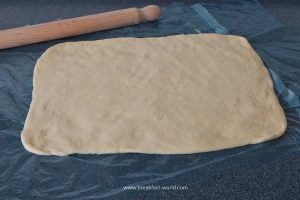
- Place the butter and flour dough on top of the middle of the yeast dough.

- Wrapp on both sides.
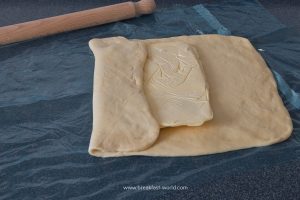
- Press into the dough a few times with your fingers so that the butter doesn't slip away.
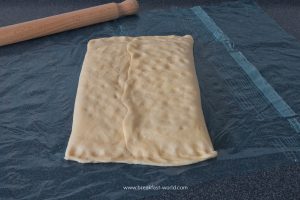
- Pack the dough airtight and let it rest in the refrigerator for about 30 minutes.
First Tour:
- Roll out the dough approx. 0.5 cm thick.
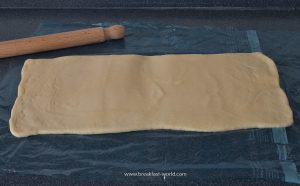
- To even out the corners, cut off the short ends and set aside. The leftovers can be frozen and later used for yeast pastries.
- Fold both short ends in towards the middle.
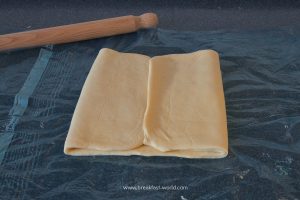
- Then fold the left side over the right side (like a book).
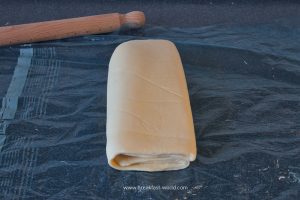
- Seal the dough airtight and let it rest in the refrigerator for at least 30 minutes.
Second Tour:
- Roll out and fold the dough according to the steps in Tour 1.
- Place the dough airtight in the refrigerator for at least 30 minutes.
For the filling:
- Mix the sugar with the cocoa.
- Melt the butter.
Finishing:
- Roll out the dough on a floured surface into an approx. 20 x 50 cm rectangle.
- Spread the melted butter on the dough with the pastry brush.
- Sprinkle the dough evenly with the cocoa sugar.
- Roll up the dough on the long side - as tight as possible - and cut into 1 - 2 cm thick slices.
- Carefully place each snail on a baking sheet lined with baking paper. Alternatively, you can freeze the brutes now.
- Let the snails rise for about 1 hour at room temperature.
- Preheat the oven to 175 degrees.
- Mix egg yolks with milk.
- Carefully spread egg milk onto the snails with a pastry brush.
- Bake the snails for about 20-25 minutes until they are golden-yellow.
- Let the snails cool down a bit, sprinkle with powdered sugar and serve immediately.
If you like this post, I look forward to a rating (star bar) or a nice comment!
Thanks a lot!
Perhaps you would also like to subscribe to my page. If so you will be regularly informed about new posts.



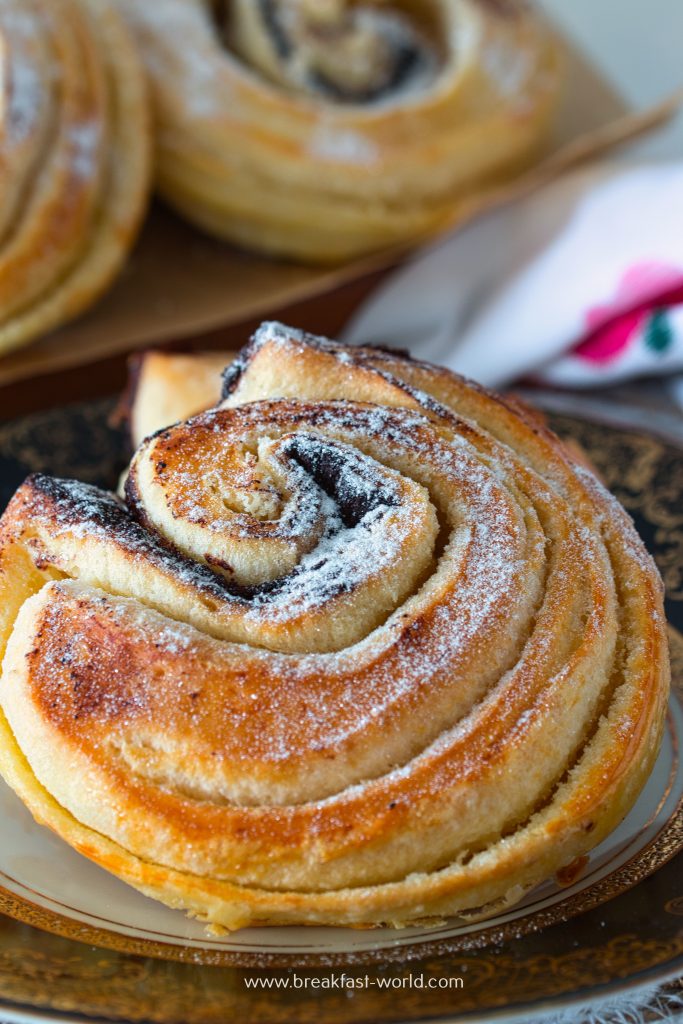
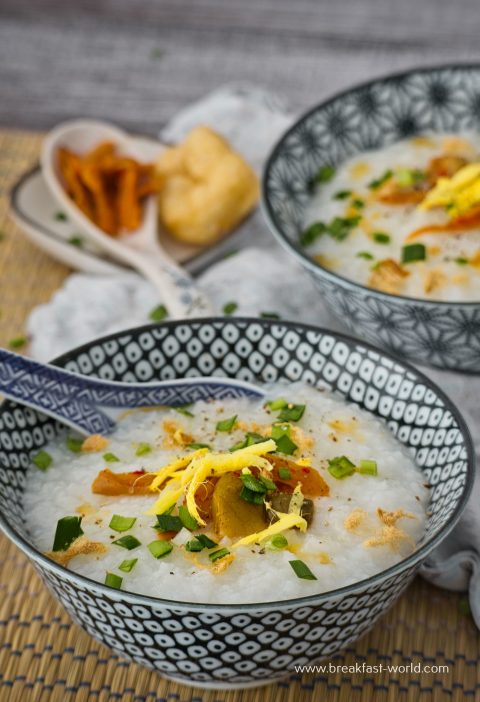

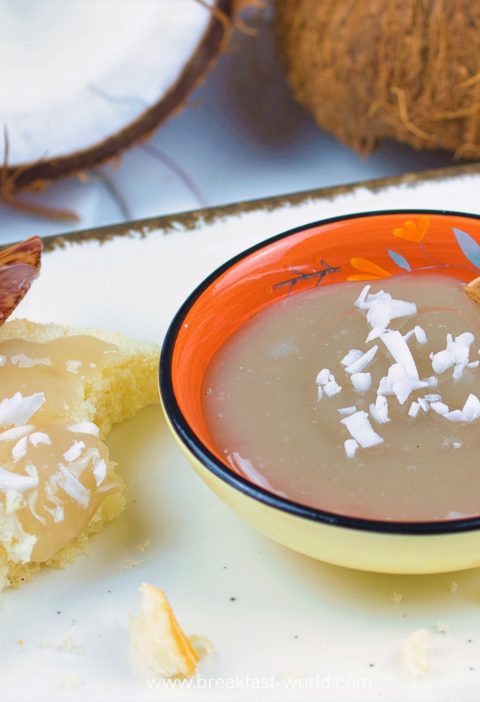
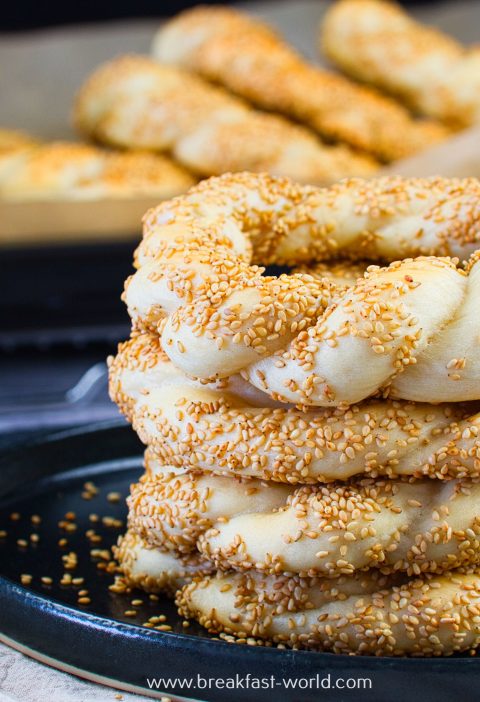
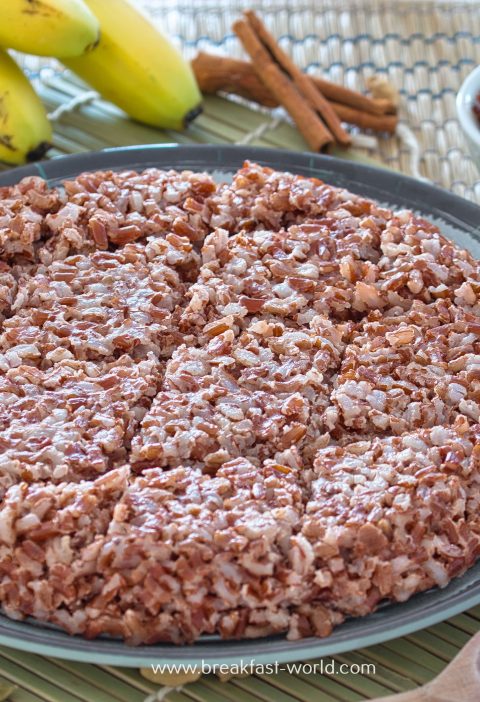
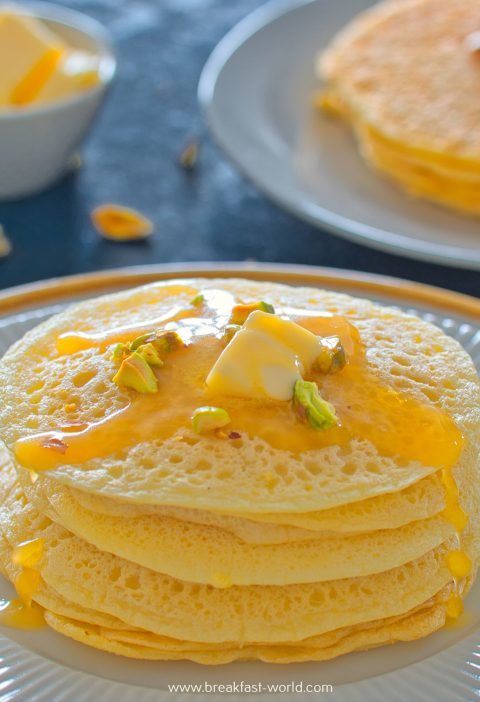
I am regular visitor,
This piece of writing posted at this web page is genuinely nice.
Interessant, zu sehen, wie das funktioniert! Und so eine hübsche Schnecke am Ende! 😀
Das ist wirklich einfacher, als man denkt!
Der Teig hat zwar ewig gedauert und es war etwas ungenau, was mit weicher Butter gemeint war, dadurch habe ich eine streichzarte gekauft und die war zu weich.. der Teig war sehr elastisch und der Hefeteig hätte besser 3std im Gefrierschrank und danach 1std im Kühlschrank gelegen, dann wäre er (nur teilweise) nicht festgefroren gewesen. Das Hintergrundwissen ist sehr interessant zum durchlesen gewesen und das Rezept war abgesehen von den paar Verfeinerungen sehr gut, es hat spaß gemacht und das Ergebnis war mehr als gut! Durch die Bilder konnte ich es noch besser realisieren. Danke sehr!
Hallo Raudi, es freut mich, dass es Du Spaß hattest und mit dem Ergebnis zufrieden bist! Die weiche Butter (zimmerwarm) ist nur für den Hefeteig. Beim Tourieren muss die Butter fest und gut gekühlt sein. LG Christina